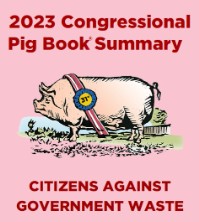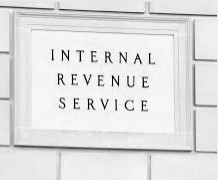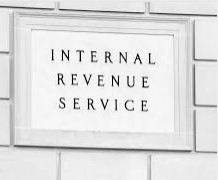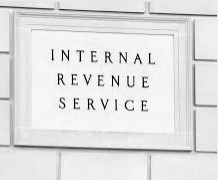
The publication of the research by Citizens Against Government Waste is a valuable body of research with surprising information. TaxConnections will post the information from this organization in a series to gain public attention to where your tax dollars are spent. We encourage you to reach out to Congress with your thoughts and/or make your commentary below and we will compile your thoughts and deliver this to them.
INTRODUCTION
The United States is on a path to fiscal insolvency. The national debt has surpassed $33 trillion for the first time and is set to grow at a record pace over the next decade. A February 15, 2023, Congressional Budget Office (CBO) report forecast an average annual deficit of $2 trillion between fiscal years (FY) 2024 and 2033. The annual deficits during this period will add $20.3 trillion to the national debt, bringing it to $53.3 trillion by FY 2033. According to the CBO, the deficit in 2033 will reach 6.9 percent of gross domestic product, “a level exceeded only five times since 1946.”
Rising interest rates will make payments for interest on the debt a fast growing share of federal expenditures. If Congress does not reduce spending, more money will have to borrowed to fund federal programs, which will mean more interest payments. Each one percentage point increase in interest rates means $330 billion more in annual interest payments on a debt of $33 trillion. That amount is more than the combined annual budgets for the Departments of Commerce, Energy, Interior, and Justice. The fiscal morass has been caused by several massive spending packages,
including bills signed into law in response to COVID-19 starting in the Trump administration, but mostly due to the bills passed during the Biden administration. They added $6 trillion in pandemic-related spending, much of which had nothing to do with the pandemic. The American Rescue Plan Act, which cost $1.9 trillion and was passed on a partisan basis by a Democratic majority in Congress and signed into law by President Biden, added as much as 3 percentage points to inflation. This excessive stimulus resulted in higher inflation in the U.S. than the average in 10 Organization for Economic Development countries.
Other legislation has not improved the picture. The Infrastructure Investment and Jobs Act of 2021 (IIJA), signed by President Biden on November 15, 2021, came with a price tag of $1 trillion. Then, on August 16, 2022, President Biden signed the Inflation Reduction Act, a deceptively labeled bill that included $369 billion in climate change/Green New Deal spending, $80 billion to hire 87,000 new Internal Revenue Service agents, and the establishment of drug cost negotiations that will result in price caps for drugs purchased by Medicare, crippling innovation by biopharmaceutical companies. Even President Biden admitted the bill was misnamed, saying on August 11, 2023, that “it has nothing to do with inflation: it has to do with $368 billion, the single largest investment in climate change anywhere in the world …” To help mitigate the fiscal tsunami, Citizens Against Government Waste
(CAGW) is releasing Prime Cuts 2023, which has been published since 1993. The 2023 version contains 543 recommendations that would save taxpayers $402.3 billion in the first year and $4 trillion over five years.





























Recent Comments